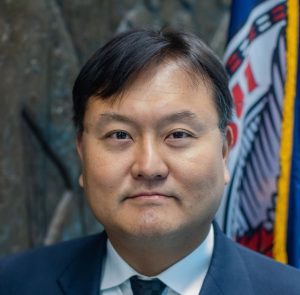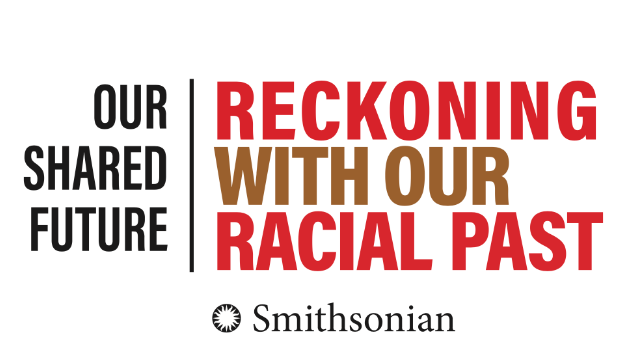
By Jongwon Lee
The author is an attorney.
Los Angeles, home to the largest Korean-American community in the United States, experienced a horrific event over 150 years ago: The Chinese Massacre of 1871. It all began with a seemingly trivial incident. In October of that year, a Chinese brawl in LA’s Chinatown left a white saloon owner dead and a police officer wounded.
Rumors quickly spread that the Chinese were responsible for the death of a white man, leading to a mob of 500 descending upon Chinatown, resulting in the deaths of 18 Chinese individuals. While 25 rioters were charged in connection to the case, only 10 stood trial, and just eight were convicted of manslaughter, not murder. Unfortunately, this incident was swiftly forgotten and further entrenched discrimination against the Chinese community.
The history of the United States is not devoid of racism. Consequently, schools and society continually address racism and provide preventive education. However, although the history of discrimination against Black and Jewish communities is integrated into the regular curriculum, the discrimination faced by Asians, including Koreans, Chinese, and Japanese, is seldom taught.
This lack of education may explain why so few people are aware of the Chinese Massacre of 1871 in Los Angeles. Michael Truong, the executive director of the Chinese American Museum in Los Angeles, notes, “Eighteen out of the 172 Chinese immigrants residing in Los Angeles at the time were killed, making it a devastating event that claimed the lives of 10 percent of the Chinese population. Knowing and remembering these histories of racism can help us heal.”
The Smithsonian Institution, the parent organization of the Smithsonian Museums, is hosting an exhibition titled “Our Shared Future: Reckoning With Our Racial Past” from Dec. 1 to Dec. 17. This exhibition, which focuses on the history of racism against Hispanics and Asians from China, Japan, and other regions, will also be held at the Chinese American Museum, the Japanese American National Museum, and the LA Plaza de Cultura y Artes in Los Angeles. The exhibit is a family-friendly event featuring not only exhibits but also dance, film, music, and various multimedia formats.
Dr. Deborah L. Mack, the Smithsonian’s director of exhibitions, mentions, “We’ve received numerous requests from educators to address these topics because if we don’t discuss the history of inequality now, we can’t move forward.”
James Herr, the director of the Japanese American Museum, one of the exhibition venues, adds, “The museum’s location holds historical significance as it was a gathering place for Japanese Americans in Los Angeles during World War II before they were sent to internment camps.” He emphasizes the importance of remembering a time when American citizens had their civil rights stripped away without due process. Herr also highlights the role of Japanese Americans in speaking out against negative public opinion of Muslims after the 9/11 terrorist attacks and against the Muslim travel ban in 2017.
While the exhibition is on display in Los Angeles, it can also be viewed on the Smithsonian’s website at oursharedfuture.si.edu or on YouTube. The exhibit serves as a reminder that the painful history of Korean Americans should not be forgotten. The 1992 LA riots and the 2021 Atlanta spa shooting had a profound impact on the Korean-American community, but over the years, they have gradually faded from memory, both within the community and in mainstream society. It would be meaningful if the Korean Immigration History Museum could organize an exhibition on racism against Korean immigrants in the future.





